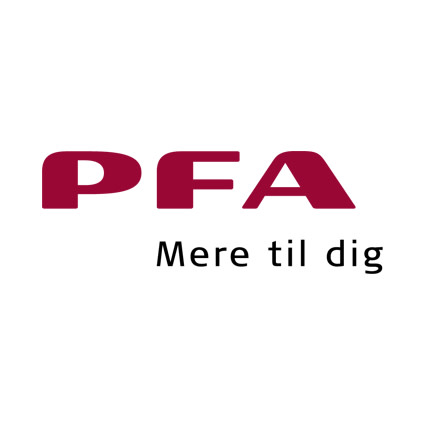
Solution
cVation has operated an internal Cloud CoE for many years. Among other things, the CoE is responsible for managing cVation’s acceleration platform CADD, a platform used by many customers both local and internationally. This experience and know-how was a key factor when PFA awarded cVation their Azure cloud project, including the creation of a PFA Cloud CoE. The project was a joint effort between PFA’s architecture team and cVation experts.
The implementation was based on Microsoft's Cloud Adoption Framework (CAF) and the new extension “Enterprise Scale Landing Zones”. An architecture framework with design principles, guidelines, recommended policies, etc.
Deliverables included the entire cloud adoption cycle: Plan, Ready, Adopt, Govern and Manage. The close relationship between Microsoft, PFA and cVation further enabled pre-release access to the latest expansions of CAF, ensuring PFA was on the forefront with the technology and applied international best practices.
An important part of the delivery included tools and a framework which, with the help of governance, risk management and compliance, ensures that PFA complies with the relevant legal legislation governing the pension- and insurance industry. This includes security-by-design, detailed cost management and define use principles for all SaaS, FaaS, PaaS and IaaS components making up Cloud solutions at PFA.
As a validation of the new platform, cVation provides support for "Lighthouse" projects to be developed and operated using the new cloud platform.

